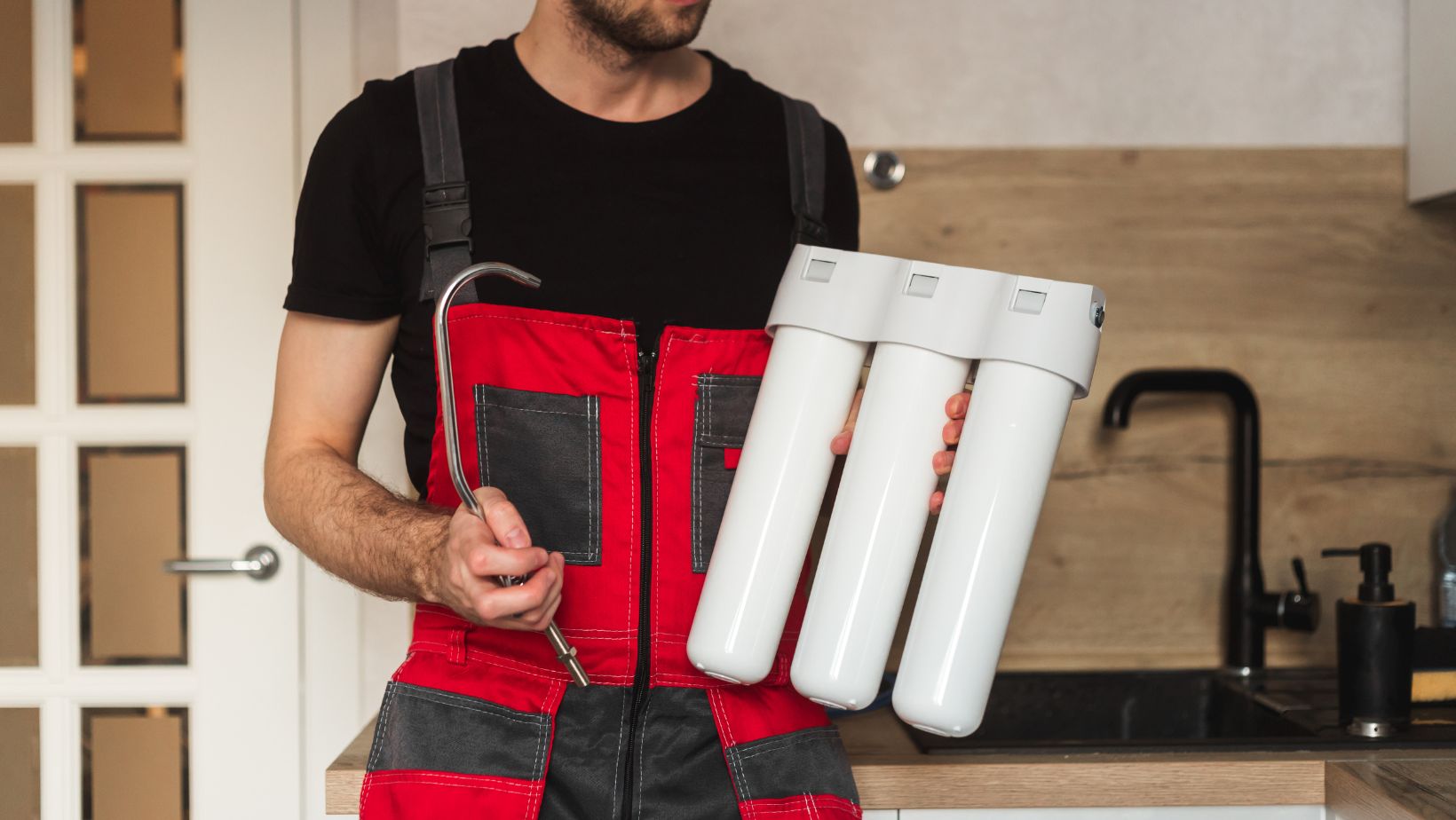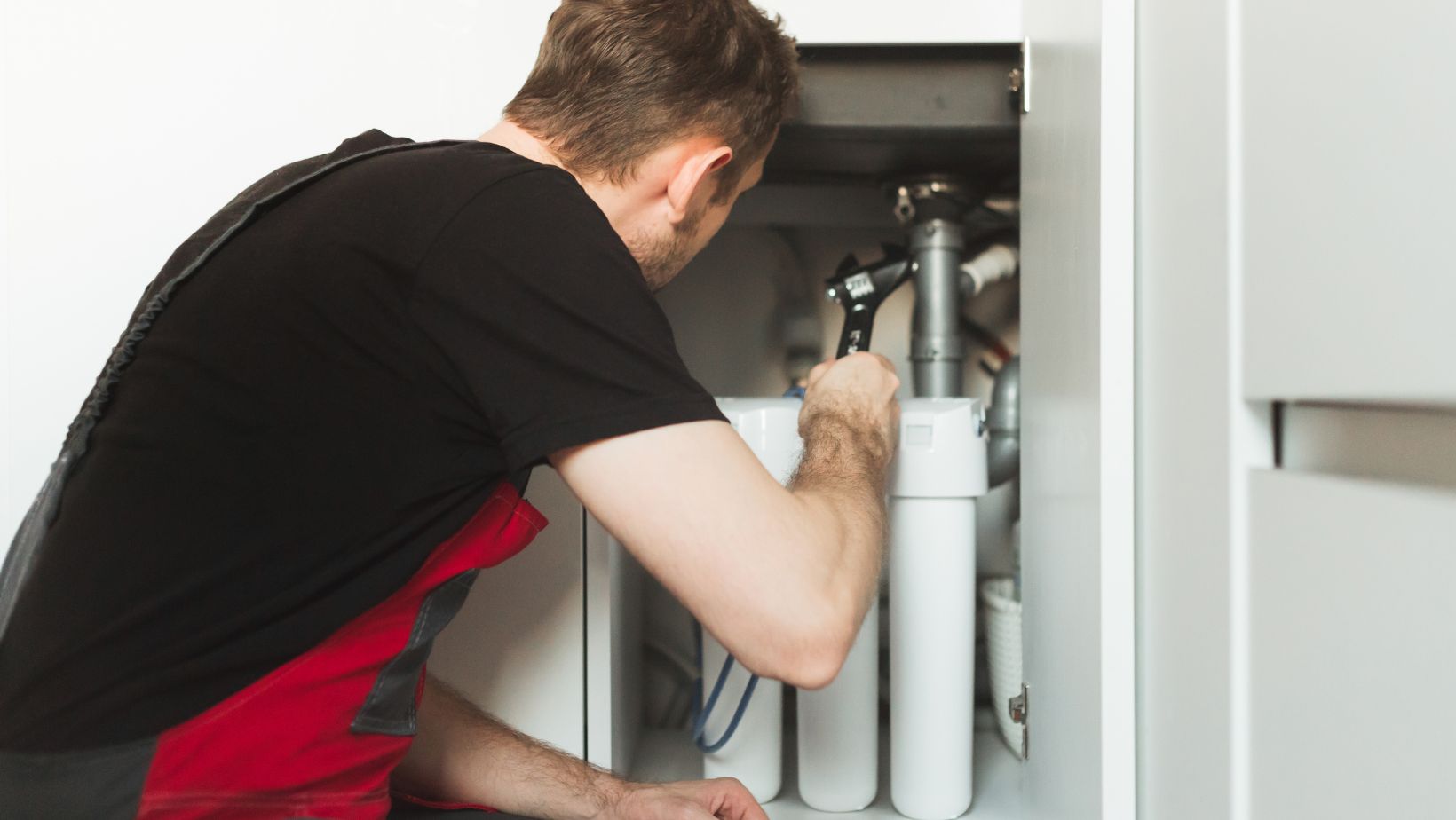Table of Contents
ToggleUnderstanding the Importance of Temperature Regulation
In any home, the ability to regulate water temperature is crucial for comfort and safety. Whether it’s for a refreshing shower, washing dishes, or doing laundry, having consistent and reliable hot and cold water is essential. This guide aims to address common temperature regulation issues in domestic water systems, offering practical solutions and advice to ensure your water temperature is always just right.
Identifying Common Temperature Regulation Issues
One of the first steps in solving temperature regulation problems is identifying the issue. Common problems include inconsistent water temperature, too hot or too cold water, or a complete lack of hot water. Brands like Rheem hot water systems are known for their reliability, but like all systems, they can experience issues that need addressing. Understanding your system, whether it’s a Rheem or another brand, is key to troubleshooting.
Regular Maintenance: The First Line of Defense
Regular maintenance is essential for the longevity and efficiency of your water heating system. This includes routine inspections, cleaning out any sediment build-up, checking for leaks, and ensuring the thermostat is functioning correctly. Simple maintenance can often prevent larger problems from developing.
Thermostat Troubles: Finding the Right Balance
An incorrectly calibrated or malfunctioning thermostat is a common cause of temperature regulation issues. It’s important to check that the thermostat is set at a safe and comfortable level, typically around 120°F (49°C). If your water temperature is inconsistent, recalibrating or replacing the thermostat might be necessary.
Dealing with Sediment Build-Up
Sediment build-up in your water heater can significantly affect its performance. This is especially common in areas with hard water. Flushing the tank annually can help remove sediment and improve the efficiency and lifespan of your heater.
Addressing Fluctuating Water Temperatures
If you experience fluctuating temperatures, particularly when using multiple fixtures, the issue might lie with your water heater’s capacity or the demand placed upon it.

Upgrading to a larger tank or a tankless water heater can provide a more consistent supply of hot water.
The Role of Mixing Valves in Temperature Regulation
Mixing valves is crucial in preventing scalding by blending hot and cold water to a safe temperature as it leaves the heater. Ensuring these valves are correctly installed and functioning is important for both safety and comfort.
When to Call a Professional
While many temperature regulation issues can be addressed with basic troubleshooting and maintenance, some problems may require professional assistance. If you’re unsure about how to fix an issue or if your water heater is old and frequently troublesome, it’s wise to consult with a professional plumber or technician.
Understanding Different Types of Water Heaters
Different types of water heaters can have unique temperature regulation challenges. Tankless water heaters, for example, provide hot water on demand but may struggle to supply multiple outlets simultaneously. Understanding the specifics of your water heater type can help in diagnosing and solving issues.
Energy Efficiency and Water Temperature Regulation
Improving the energy efficiency of your water heating system can also enhance temperature regulation.

Insulating your water heater and the first few feet of pipes coming from it can reduce heat loss, making your system more efficient and reliable.
Ensuring Comfort and Safety in Your Home
Effective temperature regulation in your domestic water system is key to ensuring comfort and safety in your home. By understanding your system, performing regular maintenance, and addressing issues promptly, you can ensure that your water is always at the right temperature when you need it. Remember, while some problems can be fixed with DIY solutions, don’t hesitate to call in professionals for more complex issues.





